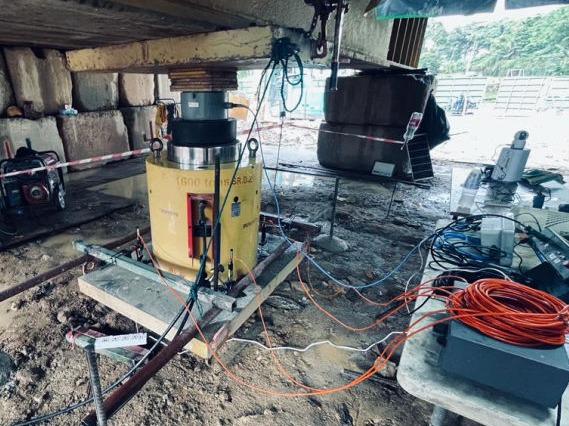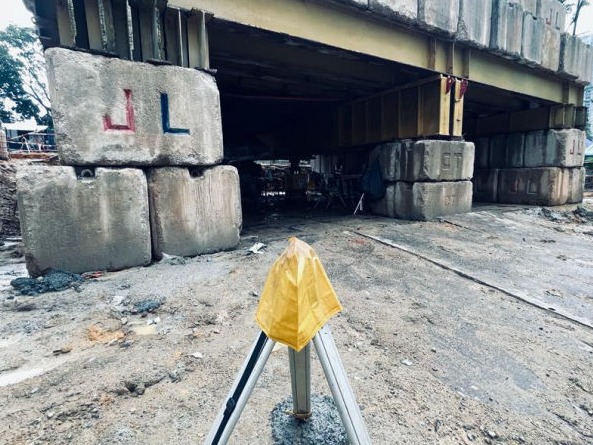


Pile Test Services



The Static Load Pile Load Test (SLPLT) is a crucial method for assessing the load-bearing capacity of piles in construction projects. This test involves applying a controlled load to the pile and measuring its response, including settlement and load distribution, to ensure it meets design specifications and safety standards. By providing accurate and reliable data on pile performance, the Static Load Test helps engineers and construction professionals make informed decisions about foundation stability and structural integrity. This method is essential for verifying the adequacy of piles, especially in complex and high-stakes projects, ensuring that they can support the intended loads without excessive settlement or failure.
| Aspect | Description |
|---|---|
| Test Name | Static Load Pile Load Test (SLT) |
| Test Purpose | To determine the bearing capacity and settlement characteristics of a pile under controlled load application. |
| Test Standard | ASTM D1143/D1143M-22 |
| Test Procedure | Load is gradually applied to the pile top, and the resulting settlement is measured to assess pile performance. |
| Load Application | Load can be applied using hydraulic jacks against a reaction frame, dead weights, or Kentledge blocks. |
| Test Measurement | Settlement is measured at predetermined load intervals until the maximum load or specified settlement criteria are reached. |
| Key Parameters | Load vs. settlement, ultimate load capacity, allowable load, and pile stiffness. |
| Test Duration | Typically ranges from several hours to days, depending on the pile size and load increments. |
| Load Application | Commonly used in foundation design verification for buildings, bridges, and other structures. |
| Test Applications | Load can be applied using hydraulic jacks against a reaction frame, dead weights, or Kentledge blocks. |
| Test Advantages | Load can be applied using hydraulic jacks against a reaction frame, dead weights, or Kentledge blocks. |
| Test Limitations | Requires significant setup time, large reaction systems, and is usually more expensive compared to dynamic tests. |
Mobirise